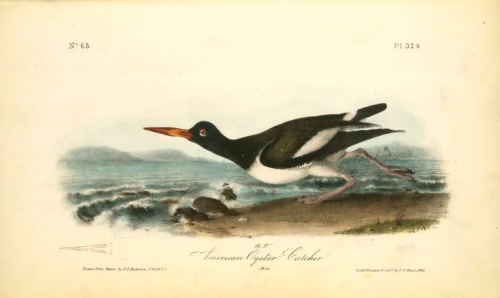“Queer bird” is an old-timey expression for “someone regarded as eccentric or crazy and standing out from a group.” Back in the day, we certainly would have been regarded as eccentric or crazy, not to mention standing out from the scientific crowd, for suggesting that the birds and the bees might sometimes be “queer” in another sense of that term.
But the evidence is now overwhelming and uncontested by anybody not wearing blinders of bigotry: Birds and other animals routinely engage in same-sex affection, courtship, pair bonding, parenting, and —yes— sex. Bruce Bagemihl’s 1999 epic opus of scholarship, Biological Exuberance, collated data dating back to the earliest documentations of animal behavior, demonstrating not only the everyday existence of homosexual behavior among non-human animals but also the extraordinary lengths to which scientists had gone to ignore, explain away, or simply suppress the ample evidence of that natural fact. More examples have turned up since.
We now know that non-human animals construct their families and their sex lives in a plethora of ways other than the heteronuclear family we have been (mis)led to believe is the norm in “nature.” Indeed, as Baghemihl notes, the monogamous heterosexual lifelong pair-bond is relatively rare, except among birds.
But even among birds, a fabulous array of strategies — including three-ways, sex changes, and lifelong (but not necessarily monogamous) pair-bonds — have evolved to allow our feathered friends to enjoy themselves and make the most of their ecosystems without making the mistake of overpopulation.
Here are just a few examples:
- Oystercatchers often form bisexual trios of birds—either two females and a male or vice versa—each of whom is equally bonded, sexually and otherwise, to both of the others. Together the trio raise chicks who thereby enjoy the care and protection of three parents.
- Bonded male pairs of Giffon Vultures swoop together in aerial courtship displays. Sadly, a German zoo recently forcibly separated a pair, sending them to different zoos in hopes of inducing them to mate with females, which they refused to do.
- While some Mallard drakes pair-bond with female ducks and others pair-bond with other drakes, all appear to be functionally bisexual.
- Chicken hens who have previously laid eggs sometimes change sex, developing secondary sex characteristics (such as a larger comb) and engaging in new (to them) behavior, such as crowing or mounting other hens. (Though, of course, as with the much more common “sex changes” in fish, what looks to us —with our binary notions of sex and gender and our tendency to divide animals accordingly— like a radical change may not be experienced as such.)
- Female Western Gulls often form lifelong pair-bonds from which they depart only to have the intercourse that will fertilize the eggs they will hatch together. (And, again, what might look to us —with our cultural notion that partnering and intercourse for purposes of reproduction ought to be merged— like “stepping out” may be experienced as simply the task one performs to fertilize eggs.)
Again, these are just a few examples. Here’s a partial list of the more than 130 bird species among whom some form of same-sex partnering has been documented. Stay tuned for more examples of the biodiversity of sexuality and, even more importantly, the implications of this for both social justice and animal liberation struggles.
This post is part of our Pride Month Pledge Drive. Later this week, look for a guest post from Kim Stallwood as well as a recap of a recent presentation on “Environmental and LGBTQ Activism and The Biodiversity of Sexuality.” Later this month, watch for the story of Jean-Paul and Jean-Claude, the two ducks who prompted us to begin thinking about the intersections between LGBTQ and animal oppression and liberation. And, please, if you haven’t yet, help us reach our Pride Month goal of 100 donations of $10 or more to help fund our education and advocacy efforts:





Tofu Pup, while only about 1 in 10,000 hens experiences such a change, it is most common among Bantams and other small hens.
Some of our chicken adopters have experienced behavior chance in single-sex flocks. A rooster is an incredibly important member of the flock and in the absence of one, it is not all that uncommon for a hen or two to take on that role (though that is my perhaps very inaccurate opinion on what is actually transpiring). We’ve seen that especially with hens rescued from egg farms.
Some hen turkeys, including Lois that now lives happily at VINE has a small beard.
Vermont hunting laws (sorry) do not have a ‘doe’ permit rather they have an antler and antlerless permit, because like in most species sexes get mixed up and are not absolute, as with humans. I worked with a woman that was born a hermaphrodite. Parents chose her sex. She was tomboyish but never had to deal with the MONTHLY aggravation growing up. The guys would make fun of her. Only because she stood out and was not part of the crowd of jerks, it was just ANYTHING these peabrains could grab onto.
Today I watched my mother jennet mount her daughter jennet.
Personally I don’t really care, but sometimes I feel MOST but not all of the male gender can be jerks….. (But that is my issue).